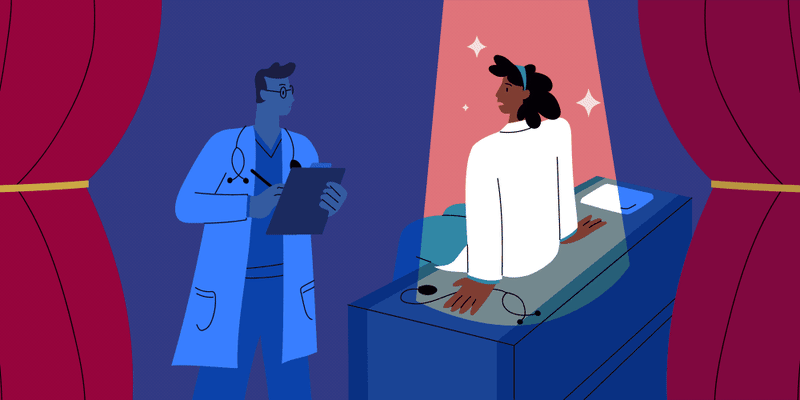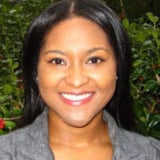The American Society of Breast Surgeons (ASBrS) recently held its 19th Annual Meeting in Orlando, Florida (May 2–6). The Society is led by creative-minded experts who are constantly pushing the discipline into the future. The novel therapies, techniques and equipment that leadership and membership present at the meetings ensure that breast surgeons remain absolutely instrumental in the field of breast disease. One goal of the ASBrS is to provide the practical education that surgeons need to provide day-to-day care in all aspects of breast health. Another goal is to support the membership. The information shared at the conference helps the attendees provide leadership for their own breast care teams.
Pre-meeting courses are a longstanding tradition of the conference and ran over two days. These courses give participants crucial information that can be applied as soon as they return to their respective practices. This year’s courses offered in-depth education about genetics, oncoplastic surgery, research tools, coding, benign and high-risk breast disease, breast ultrasound and stereotactic breast biopsy.
The General Session began with presentations that emphasized less surgery. For instance, exciting research has begun about observing certain cases of ductal carcinoma in situ (DCIS), omitting axillary sentinel lymph node biopsy for specific patient populations, eliminating surgery in some cases of pathologic complete response after neoadjuvant chemotherapy and transcutaneous tumor ablation.
Debates are a standard part of the program. They bring to light how research and years of observation challenge traditional ways of approaching specific diseases. The benign topics were prophylactic mastectomy in a 65-year-old BRCA carrier and excision of atypical ductal hyperplasia (ADH). The malignant topics were the use of sentinel lymph node biopsy for women aged 70 and over, re-excision rates as a quality measure and postmastectomy radiation for women with one positive axillary lymph node. Votes for the “winner” after each debate reflected the ease with which audience members accepted the ideas behind each argument. Commonly, a newer way of thinking replaced an older one. The debaters, tasked with showcasing scientific evidence to support their arguments, managed to provide practical considerations for the audience members to take home and apply to their own practices.
Notably, the ASBrS Lifetime Achievement Award recognized Balazs “Ernie” Bodai, MD, FACS. Dr. Bodai is the author of hundreds of medical articles and many books. He is a patent holder for several medical devices and single-handedly advocated for the Breast Cancer Research Stamp. This stamp is sold at higher than face value, and the surplus amount in sales is donated to breast cancer research. Nearly $95 million has been raised to date.
Dr. Bodai is a perfect example of a breast surgeon as an advocate, and advocacy is another goal within the ASBrS. The leadership advocates for its members through participation in the American Medical Association and the American College of Surgeons, as well as by being a vocal presence among the politicians in Washington, DC. The efforts within these groups over the past year were reviewed at the Meeting. A thoughtful segment reviewed MIPS, APM’s and the ACA, as well as updates on reimbursement models and quality measures.
Another memorable conference highlight was the acknowledgement of the efforts put forth by ASBrS members Regina Hampton, MD, FACS and Peter Beitsch, MD, FACS. These surgeons led the effort to influence the changes recently made in the American College of Surgeons’ Maintenance of Certification (MOC) program. Now, breast surgeons and other surgical specialists can choose to focus their MOC activities and test preparation on their specific fields of practice rather than reviewing principles of general surgery that are not germane to their practice. Dr. Beitsch detailed the updated American Board of Surgery’s Continuous Certification Program requirements in a warmly received presentation.
An exciting session updated the membership about topics breast imaging. This was a very useful session that provided the answers to questions that breast surgeons are frequently asked. Topics included breast density and cancer risk, breast density legislation, 3D mammography and screening among women at high risk for breast cancer.
As usual, the “How I Do It” videos were a much-anticipated segment of the meeting. The audience received primers in Magseed localization for lumpectomy, a novel oncoplastic technique, a method of optimizing the management of the axilla after neoadjuvant therapy and prepectoral implant reconstruction after nipple-sparing mastectomy. The videos gave virtually hands-on information for common issues in breast surgery and allowed viewers to quickly familiarize themselves with the topics.
Another tradition, “Ask the Breast Experts,” devoted over an hour to questions sent in by the membership before and during the meeting. Breast Surgery leaders discussed the specifics of clinical cases and answered questions in real-time.
This year’s record-breaking attendance (about 1,600 participants) shows the value that breast surgeons around the world place in ASBrS and in its annual meeting. Both are deeply rich resources that promote the education, practice and professional future of their members.
Dr. Renee Quarterman is a surgeon based in Williamsport, PA. She can be found on Twitter at @dr_quarterman.






